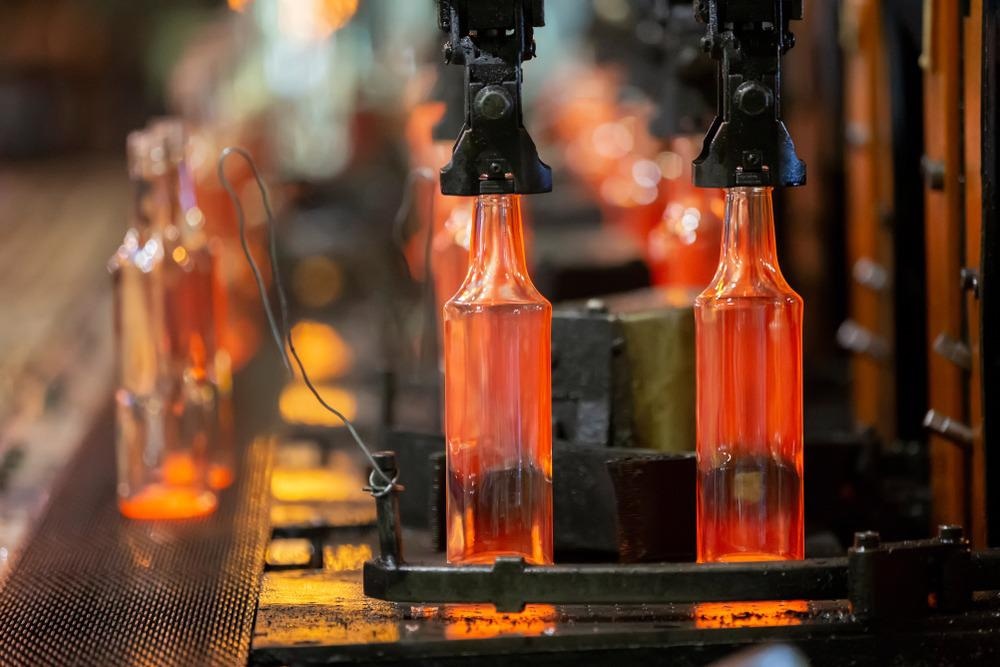Post Time:Oct 21,2021Classify:Industry NewsView:1081
Because it requires high amounts of heat, glass production is one of the most energy-demanding industries in the world. Alternatives to natural gas combustion are considered in this article.

Image Credit: SviatlanaLaza/Shutterstock.com
As with other energy-demanding processes, commercial glass production is quality sensitive, capital intensive and cost-competitive. In the past, the industry depended on fuel oil as its primary energy source, but most modern operations now use natural gas.
Massive amounts of heat are required to melt raw materials so they can be formed into glass. After the raw materials have been melted and refined, the liquid glass is formed into final products such as panes or bottles. Production of any amount of heat is based on the product being produced.
In some operations, natural gas heat is supplemented by electric heat and heat from other fuel sources, But the industry is overwhelmingly dependent on natural gas. Electric heat is used on a small scale and some production systems use electric heating methods to boost quality and productivity.
As seen with other non-renewable energy sources, an industry being dependent on natural gas translates to a number of very serious risks.
For one, the price of natural gas can fluctuate significantly and rise sharply during times of crisis. The COVID-19 pandemic unleashed a number of factors that appeared to have driven up the price of natural gas.
On top of that, demand for natural gas has risen in Asia and gas supplies coming out of Russia have been tighter than usual.
As a result, Europeans saw their natural gas prices rise by more than 200 percent while some Asian countries saw an increase of more than 150 percent. Meanwhile, natural gas prices in the United States rose by 100 percent since the start of 2021.
Source: https://www.azom.com/Author: shangyi
PrevABI Stays Positive in September
EU industry calls for action to address the rise of energy pricesNext